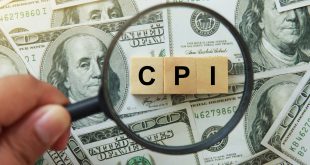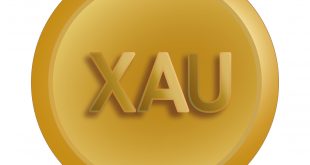The recent moderation in core inflation, as suggested by forecasts for the August Personal Consumption Expenditures (PCE) report, offers a glimmer of hope. However, it would be a mistake to assume this slight cooling means the battle against rising prices is over. A significant, and often underestimated, factor looms over the economic landscape: the inflationary impact of Trump’s new trade policies. Despite the headline numbers showing a potential slowdown, the ripple effects of tariffs are just beginning to surface, suggesting a more complex and persistent inflationary challenge ahead. This isn’t just a temporary blip; it’s a new layer of pressure on the economy that requires careful consideration.
The Tariff’s Inflationary Toll
While the monthly core PCE figure is expected to show a modest slowdown, a closer look reveals that tariffs are already playing a role. The Consumer Price Index (CPI), which measures inflation differently and often provides an earlier signal, recently showed a surprisingly strong contribution from the goods sector. Historically, goods prices tend to be flat or even decline, but recent data indicates a significant upward movement. This “wedge” between CPI and PCE data highlights a crucial point: businesses are absorbing higher costs from tariffs and may soon be forced to pass them on to consumers more broadly. The inflationary impact of these trade policies is not a one-time event, but a sustained pressure that could keep prices elevated well into the future, potentially for months or even years.
The Fed’s Uneasy Balancing Act
This new inflationary pressure from tariffs presents a significant dilemma for the Federal Reserve. The central bank operates with a dual mandate: price stability and maximum employment. With the labor market showing signs of cooling, the Fed has been able to justify its recent interest rate cut. However, this is only one side of the coin. The other side is persistent inflation, which is now receiving new life from tariffs. As Chairman Jerome Powell noted, there is “no risk-free path” for monetary policy in this environment. The Fed’s committee members have a wider-than-usual range of expectations for future rate changes, a clear sign of the uncertainty ahead. The path forward for monetary policy is more complex than markets seem to believe, with inflation’s stubbornness posing a substantial risk to the expected pace of rate cuts.
A New Normal?
In light of these developments, it’s prudent to be cautious. The market’s expectation of multiple additional rate cuts this year may be overly optimistic given the evolving inflationary picture. The introduction of tariffs adds a new variable that could alter the economic landscape, making it difficult for the Fed to ease monetary policy as aggressively as some anticipate. A careful and well-informed approach is essential. Keeping an eye on both official economic data and the underlying drivers of inflation, like tariffs, will be more important than ever. The current economic environment is one of conflicting signals, where a single, seemingly positive report can obscure a deeper, more persistent challenge. Ultimately, a vigilant and well-researched stance is the best way to navigate these uncertain waters.

 Noor Trends News, Technical Analysis, Educational Tools and Recommendations
Noor Trends News, Technical Analysis, Educational Tools and Recommendations




